Rules for Reversal of Input Tax Credit in GSTR – 9 (Annual Return)
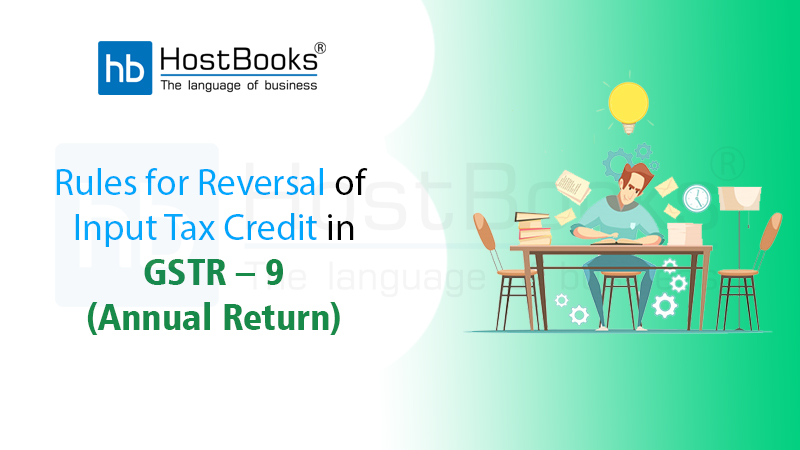
Reversals explained in Detail are as Follows:
(1) Rule 37 (2) – 180 Days Non – Payment
(2) Rule 39 (1) – Credit Note issued to ISD
(3) Rule 42 (1) – ITC on Input supplies partly used for business and partly for exempt supplies or Personal use
(4) Rule 43 (1) – ITC on Capital Goods partly used for business and partly for exempt supplies or Personal use
(5) Others
1. Rule 37 (2) – 180 Days – Non-Payment
As a dealer, you would have availed ITC on inward supplies. But, if you fail to pay the invoice amount to the supplier within 180 days the ITC has to be reversed. If part of the invoice is paid the ITC will be reversed on a proportionate basis.
This means that the business has to maintain the creditors aging and basis on that they have to reverse the Input Tax Credit. In big organizations, it will be very challenging as they have lots of transactions and maintained from various locations. This process would be very easy if the accounting or ERP they are using supports the same. Though it looks like a complex process it would be simple if the technology is used in the right process.
The reversal of the ITC is based on the provisions given in Section 16 of the CGST Act
Provided further that where a recipient fails to pay to the supplier of goods or services or both, other than the supplies on which tax is payable on reverse charge basis, the amount towards the value of supply along with tax payable thereon within a period of one hundred and eighty days from the date of issue of invoice by the supplier, an amount equal to the input tax credit availed by the recipient shall be added to his output tax liability, along with interest thereon, in such manner as may be prescribed:
All the supplier invoices which are issued from 1st July 2017 to 3rd July 2017, if they are unpaid, ITC has to be reversed along with interest.
Also, the amount of ITC to be reversed should be further segregated into IGST, CGST, SGST, and Cess.
For Instance
Mr. XYZ received goods on 1st July 2017 worth ₹ 10000 on which GST ₹ 1800 was charged.
Mr. XYZ claimed the GST of ₹ 1800 as ITC in his GSTR 3B
Mr. XYZ could not pay the invoice amount until December 2017.
This means that Mr. XYZ will have to reverse the ITC of ₹ 1800 while filing GSTR – 3B for December 2017 in January 2018.
2. Rule 39 (1) – Credit Note issued to ISDs
When ISDs (Input Service Distributors) receive a Credit Note from a supplier, the ITC distributed previously needs to be reversed. The dealers to whom the credit was distributed have also to reverse this ITC. This reversal of input tax credit shall be in the same proportion as in the original ITC distribution by the ISD.
Also, the amount of ITC which has to be reversed should be further segregated into IGST, CGST, SGST, and Cess.
For Instance –
M/s A receives services worth ₹ 100000 on which GST of ₹ 18000 was paid.
M/s A distributed this credit to 2 dealers X and Y in the ratio of 1:2
X and Y claimed the ITC in the GSTR 3B.
Now M/s A received a credit note worth ₹ 23600 (including GST of ₹ 3600)
This GST of ₹ 3600 has to be reversed by A and B in the ratio of 1:2
A will reverse ITC of ₹ 1200 (3600 * 1 / 3)
B will reverse ITC of ₹ 2400 (3600 * 2 / 3)
This will be included in the GSTR 3B by both A and B in the reversal of ITC section.
3. Rule 42 (1) – ITC on input supplies partly used for business and partly for exempt supplies or personal use
The ITC used for exempt supplies and personal purpose has to be reversed in GSTR 3B.
How to Calculate ITC reversal on Exempt Supplies –
Step 1 – Calculate Common Credit
Common Credit = Total ITC on Input Supplies
(Less) ITC on supplies used for exclusively Personal Purposes
(Less) ITC on supplies used for providing exclusively exempt supplies
(Less) ITC on which credit is not available
(Less) ITC on supplies other than exempted but including zero-rated supplies (ITC on normal supplies)
In simple words, Common Credit is ITC on inputs partly used for exempt supplies or personal use.
Step 2 – Amount of reversal of ITC attributable to inputs partly used for Exempt supplies
= (Value of Exempt Supplies X Common Credit) / Total Turnover in the State
How to Calculate ITC on Personal Use – 5 % of Common Credit
Both these ITC amounts as calculated have to be reversed in the GSTR-3B filed by the dealer.
4. Rule 43 (1) – ITC on Capital Goods partly used for business and partly for exempt supplies or personal use
ITC on capital goods used for the supply of exempt supplies and non-business purposes will also be reversed.
The calculation will be similar to the calculation for ITC on inputs used for exempt supplies and personal use.
Step 1 – Calculate Common Credit –
Common Credit = ITC on Capital Goods
(Less) ITC on capital goods put to exclusively personal use
(Less) ITC on capital goods used for exclusively exempted goods
(Less) ITC on capital goods used in supplies other than exempted but including zero-rated supplies (ITC on normal supplies)
Step 2 – Amount of ITC reversal attributable to capital goods partly used for Exempt supplies and Personal use
= (Value of Exempt Supplies X Common Credit)/Total Turnover in the State
Step 3 – This reversal of input tax credit has to be done on a monthly basis. The life of any asset is considered as 5 years. So the amount of ITC reversal every month will be
= Amount arrived at in Step 2 / 60 (months).
5. Others
(i) Reversing ITC related to inputs held as stock in trade:For inputs in stock, the ITC reversal amount shall be calculated proportionately on the basis of corresponding invoices on which credit had been availed.
(ii) Reversing ITC – Non-availability of Invoices: Where aforesaid tax invoices are not available, credit reversal amount shall be based on the prevailing market price of the goods on the date of a relevant event, based on which reversal is required.
(iii) Reversing ITC related to Capital goods:
For capital goods, the Input Tax Credit involved in the remaining residual life in months shall be computed on a pro-rata basis, taking the residual life as five years.
For Instance – Capital goods have been in use for 4 years, 6 months and 15 days.
The residual remaining life in months= 5 months (60 – 55 months) ignoring a part of the month Input Tax Credit taken on such capital goods = 12000
Input tax credit attributable to remaining residual life= 12000 X 5/60 = 1000.
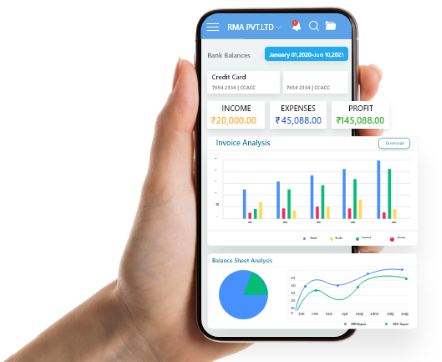
Try HostBooks
SuperApp Today
Create a free account to get access and start
creating something amazing right now!









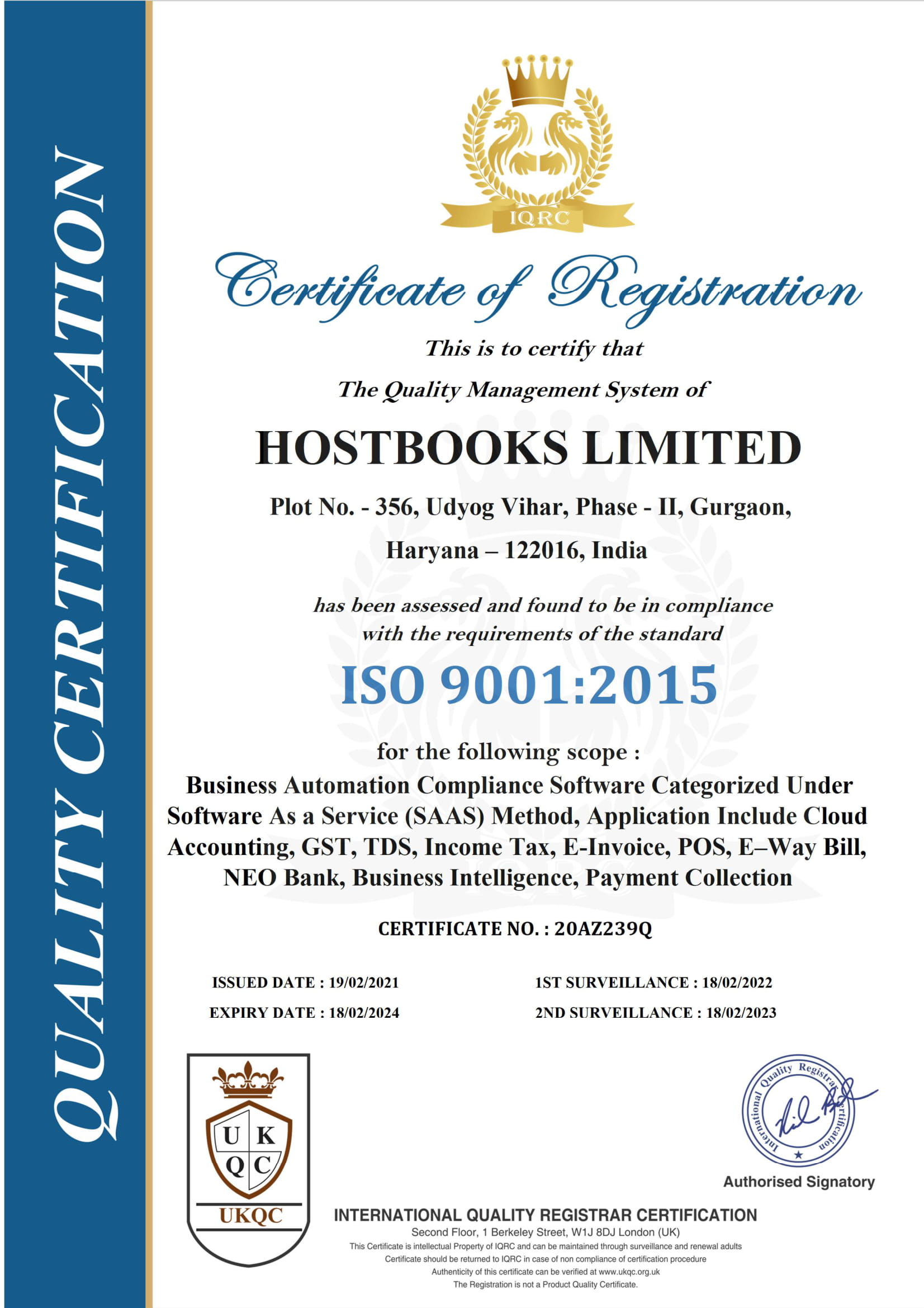
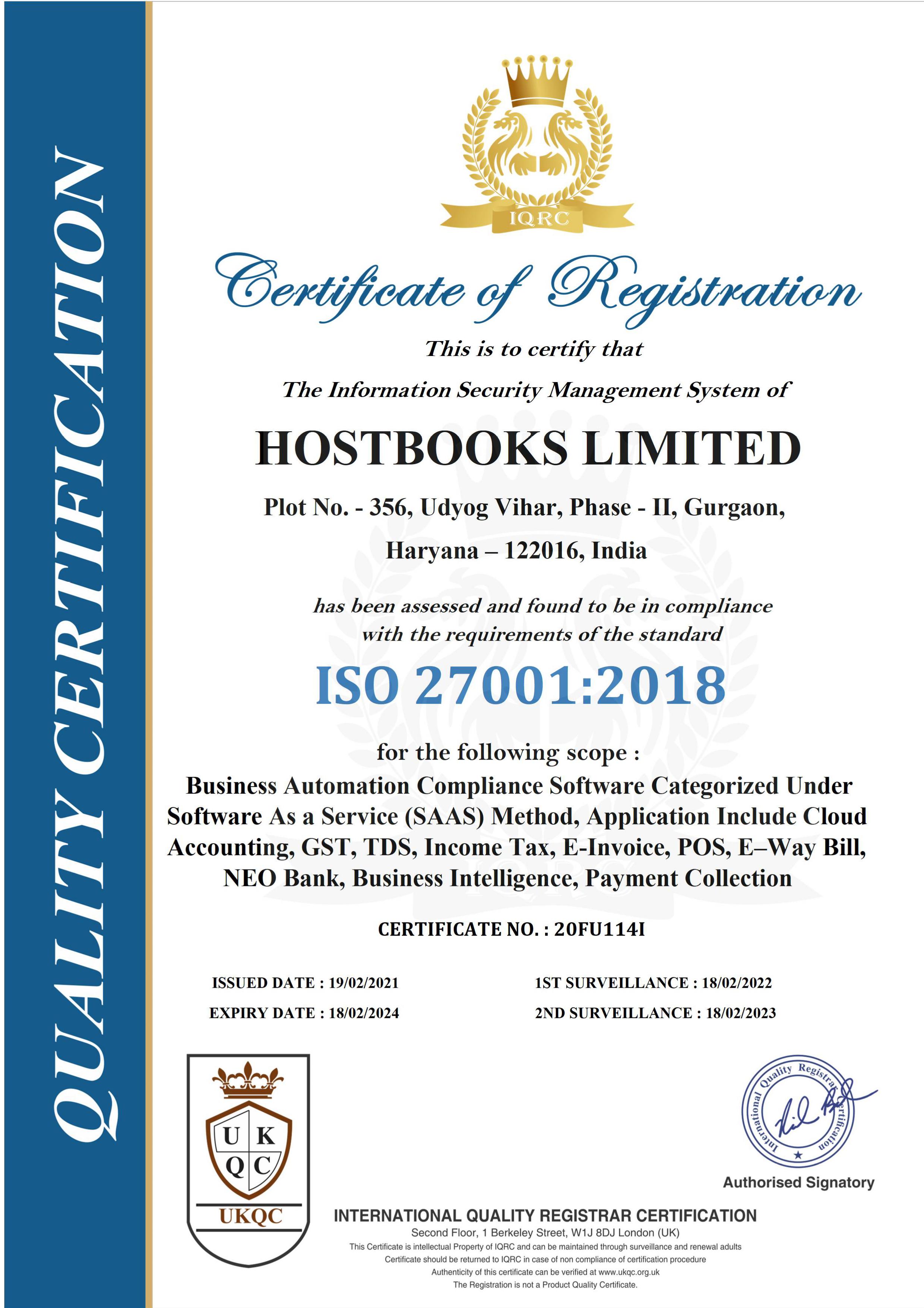
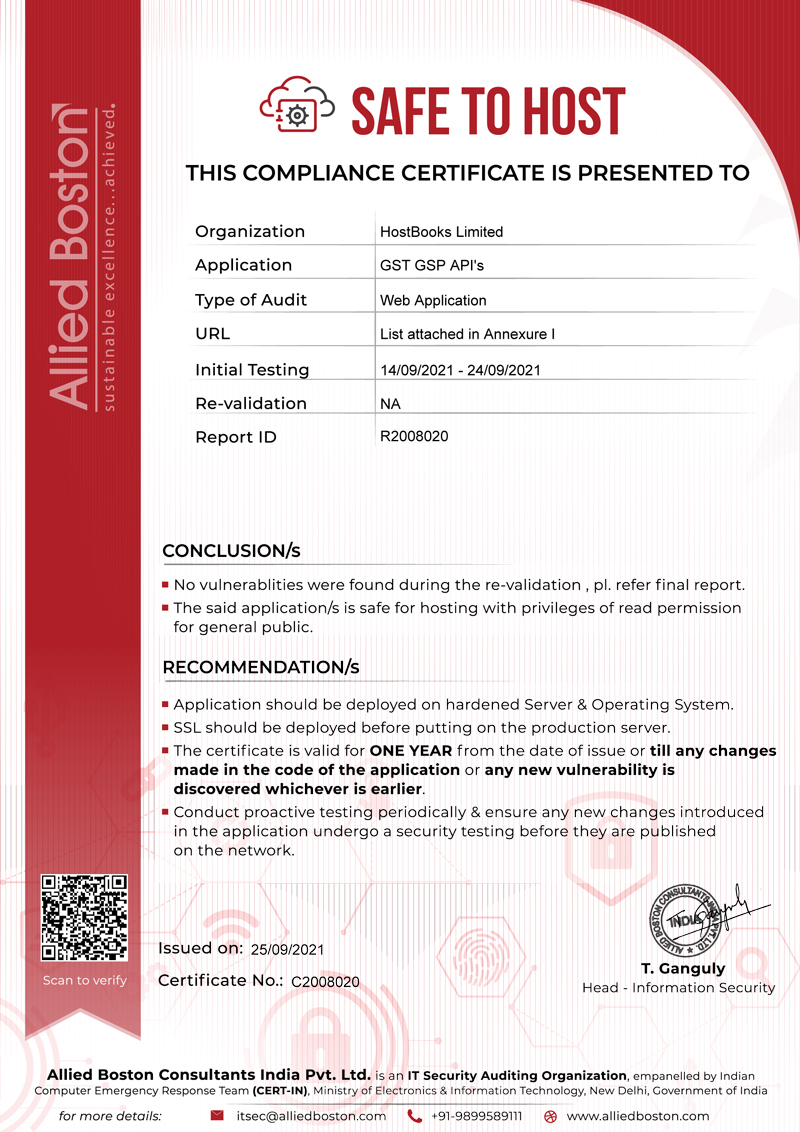

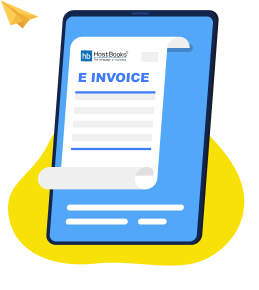

10 Comments
very helpful
Very infooormative in a verl Lucid manner.
i have claimed itc through gstr3 but it was wrong . now i want to reverse itc in gstr 9 in which column i have to shown
Where reversal has been done for excess claim of ITC in GSTR-3B, do not show it in Table 7 of GSTR-9. Enter your ITC as per books (Actual ITC) in table 6B and 6D for B2B supply and RCM supply respectively. There will be a negative figure in Table 6J for excess ITC claimed which has been reversed during the financial year itself or in the next financial year. If reversal has been done in same financial year, no need to show it in Table 7 (GSTR-9). If reversal has been done in next financial year then show it in Table 12 of GSTR-9.
• Table: 6B of GSTR-9 (Actual ITC as per books )


• Table: 12 of GSTR-9 (Excess ITC reversal)
Note: First you reversal in GSTR-3B in table 4B (2) other ITC or paid in form GST DRC – 03
Hi Arpita, my question is regarding reversal of input related to exempt services, we provide exempt services, zero rated services i mean services to SEZ apart from regular services as none of our subcontractors will not claim tax on exempted services there will be no input with regard to exempt services are concerned then there will be no point of reversal on input credit on exempt services. can u please give clarity on the above subject.
itc claimed on perishable goods at the time of sales goods are damaged and all the loss bear by recipient no debit is allowed because it exceeds the time limit for issue credit note what should do for such input of damaged goods.
As per section 17 of CSGT Act, 2017 and read with Rule 42 of CSGT Rule-2017
Suppose you received goods and service for mix-supply of exempted and taxable supply (Include supply to SEZ (zero rated) supply))
e.g. (Purchase)
S. No
Taxable amount
Tax rate
Tax Amount
Invoice Amount
1
100000
18%
18000
118000
2
50000
18%
9000
59000
Input tax credit (ITC) amount is Rs. 27000
e.g. (Sales)
S. No
Supply Type
Taxable Value
Tax rate
Tax Amount
Invoice Amount
1
Zero rated
110000
0%
–
110000
2
Exempt supply
55000
–
–
55000
T/O = Rs. 165000
Zero rate T/O = Rs. 110000
Exempt T/O = Rs. 55000
Output Tax on SEZ supply is Zero (Supply without tax)
Refund Amount = Input tax amount * Zero rate T/O/Total T/O
Refund Amount = Input tax amount * Exempt supply T/O/Total T/O
Note 1: As per rule 42 of CGST rule-2017 first you claim input tax credit in GSTR-3B Table 4 and after as per rule calculation reversal in GSTR-3B table 4 (Rule 42 &43) and annually basis in GSTR-9 (Short and excess adjusted in GSTR-9)
Note 2: If you don’t claim input in GSTR-3B on exempt supply e.g. Rs. 9000 on above given exam than you not requirement of reversal of ITC
Section 17(5) of the CGST Act, 2017 does not allow to take Input Tax Credit on Goods being Lost, stolen, destroyed, written off or given as a gift or free samples. Although query is not clearly framed, still from the above following can be concluded:
– ITC has been claimed on Perishable Goods,
– At the time of Sales goods are damaged and loss bear by recipient
– No Credit Note Issued by the seller.
If tax has been paid on sales of perishable goods which are damaged and no credit not issued yet. (As loss bear by recipient)
No reversal of Input tax credit taken on such perishable (damaged) goods.
If tax on such damaged goods at the time of sale not paid i.e. loss bear by seller (Assumption)
Input tax credit taken on such perishable (damaged) goods shall require to be reversed under section 17(5) of the CGST Act with interest @18% p.a., while filing GSTR-3B for the subsequent period.
Dear Ma,am / Sir
Please suggest me about rule 42 & 43 in GST . We are GTA and provide taxable and exempt services and on exempt services tax paid by recipient in RCM. when we file GSTR-1 and exemption services report in Table 4B. I want suggestion regarding we paid GST on input i.e (Warehouse rent, office rent, Train & Air freight) Please suggest me about rule 42 & 43 in GST.
Rule 42 specifies the method to reverse ITC on input goods or services or both which were used to supply partly for business purpose or partly for other than business purpose and partly for taxable supply or partly for exempt supply. (Refer method above)
Rule 43 specifies the method to reverse ITC on capital goods which were used to supply partly for business purpose or partly for other than business purpose and partly for taxable supply or partly for exempt supply. (Refer method above)
Under GST, Services provided by GTA is taxable where GTA has given 2 options:
Option 1 – To pay tax @12% (CGST +SGST) and avail input tax credit on input goods or services
Option 2 – To pay tax @5% (CGST+SGST) without input tax credit on input goods or services
However liability to pay GST shifted on the recipient of GTA services if supplied to following person located in taxable territory and where GTA not opted for option 1:
– Any factory registered under or governed by the Factories Act, 1948(63 of 1948); or
– any society registered under the Societies Registration Act, 1860 (21 of 1860) or under any other law for the time being in force in any part of India; or
– any co-operative society established by or under any law; or
– any person registered under the Central Goods and Services Tax Act or the Integrated Goods and Services Tax Act or the State Goods and Services Tax Act or the Union Territory Goods and Services Tax Act; or
– any body corporate established, by or under any law; or
– any partnership firm whether registered or not under any law including association of persons; or
– any casual taxable person.
In case of option 2, Govt. clarified that if ITC on input goods or services which are used to supply partly for GTA services at 5% GST and partly for other supplies eligible for input tax credit then ITC will be reversed as per Rule 42 considering the amount of GTA services at 5% GST as exempt supply.
Conclusion
As per you query, you are supplying GTA services which attracts reverse charge as well as other taxable services and want to claim ITC on inputs (Warehouse rent, office rent, Train & Air freight). You can claim ITC on such inputs but as per rule 42 (mentioned above) you need to reverse ITC on inputs to the extent which were used to supply GTA services at 5% GST or taxable payable under reverse charge.
If option 1 is opted then tax will be payable by the GTA itself and avail ITC on inputs fully. There are need to reverse ITC.